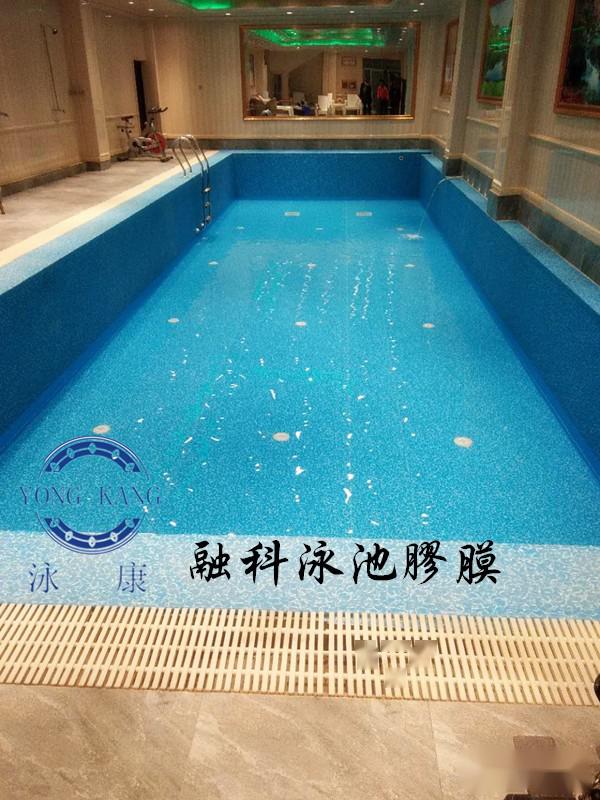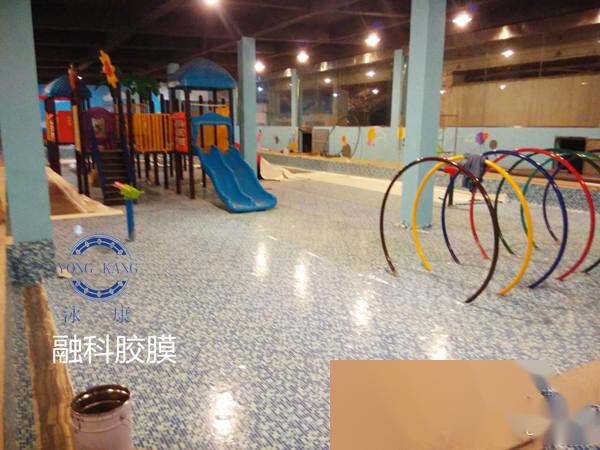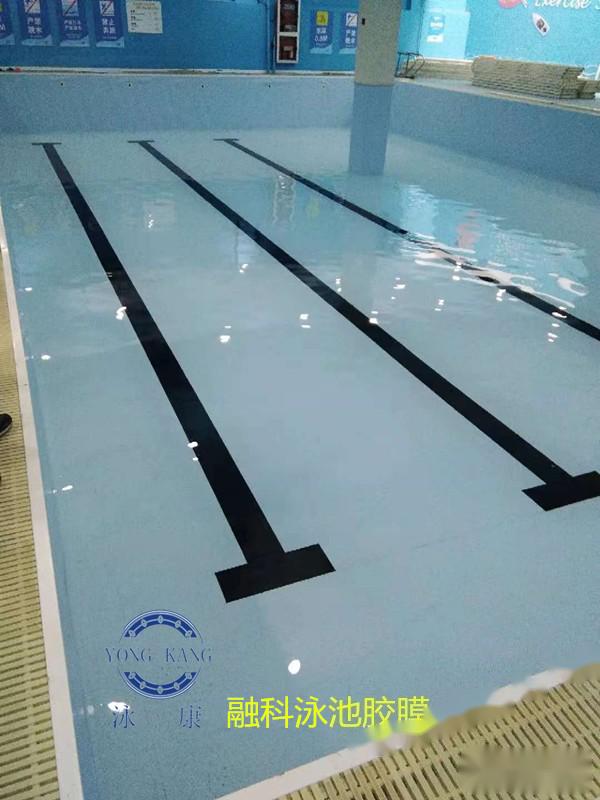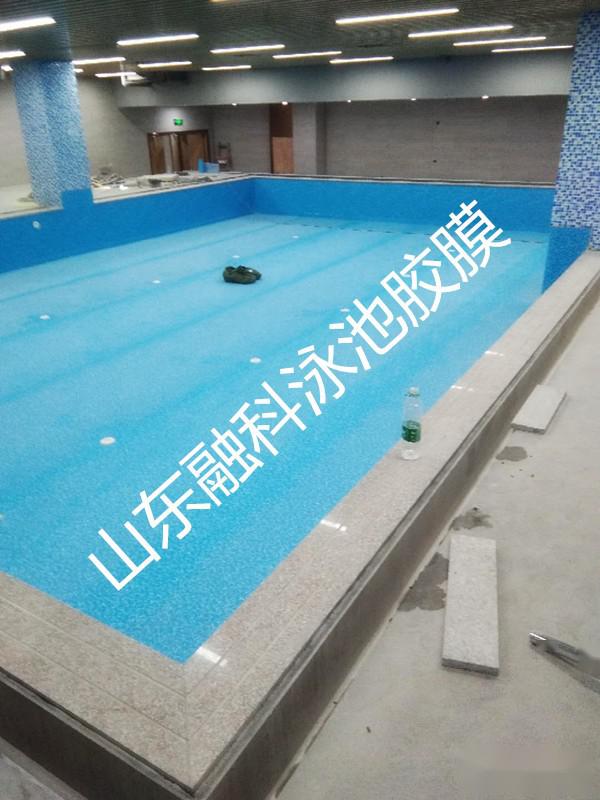Answer: The pool membrane is specifically designed for pools, but it cannot provide waterproofing. External waterproofing is still necessary, including a barrier wall to prevent groundwater from backflowing into the pool. Once the pool membrane is installed, its function is to prevent water from leaking or seeping out of the pool.
2. Why is a level, non-sandy foundation with no settlement or cracks required before installing the pool membrane?
Answer: 1. A level foundation ensures the aesthetic appeal of the pool membrane after installation;
2. If the cement base is sandy, no brand of adhesive will bond the pool membrane properly, leading to hollow spots or detachment after installation;
3. Foundation settlement indicates a problem with the base itself. If this issue is not addressed promptly and effectively, the membrane may collapse or be damaged after installation; 4. Due to tectonic movements, if cracks are not treated in time, they will only grow larger, causing the membrane to tear as well.
3. What is the lifespan of the pool membrane?
Answer: Excluding factors such as human damage, issues with the foundational structure, adverse natural conditions like weather or temperature, quality problems during installation, installation in unsuitable environments, surrounding pollution sources, improper maintenance, and inadequate cleaning, the material has a lifespan of over 10 years for indoor installations; for outdoor installations, the lifespan is 6-8 years.
4. Should the amusement equipment be installed before or after the pool membrane?
Answer: It is better to install the pool membrane after the amusement equipment because the installation of amusement equipment inevitably affects or damages the ground foundation. Generally, once the pool membrane is installed, the pool can be opened for business.










